Table Of Content
The relationship between drawing and design did not give rise to a word—or even expand its meaning. Rather, it diminished the word as it had previously been used, and in a way that may now be important to reverse. Throughout the course, we’ll supply you with lots of templates and step-by-step guides so you can go right out and use what you learn in your everyday practice.
Designing
Humans respond best to stories — it is how we naturally process and store information. Designers learn to harness this both in text, user flows and to sell concepts. The boundaries between art and design are blurry, largely due to a range of applications both for the term 'art' and the term 'design'. Applied arts can include industrial design, graphic design, fashion design, and the decorative arts which traditionally includes craft objects.
The Meaning of Design: What Design Is and Why It’s Important
Designers have to step in and take responsibility for the mental state we put people in with our products. Reducing the volume of text on buttons means substituting it with icons. Are you 100% confident your mute icon is unambiguous and won’t mean radar to some? The Floppy Disk “Save” Icon is starting to lose a whole generation of people who have never seen one in real life. It might appear that design, especially the digital one, takes itself too seriously.
Contrast
Some designs make use of negative space to create interesting visual effects. For example, the famous World Wide Fund for Nature (WWF) logo makes use of the confusion between positive shape and negative space to create the image of a panda. Unity in design principles refers to the cohesive arrangement of elements that ensures all parts of a composition work together harmoniously. It's achieved when each element appears to be an integral part of the overall design, resulting in a complete and aesthetically pleasing piece.
UX writing
Designers can boost that individuality through the usage of typefaces to reflect the unique character of a brand. A modern color theory puts our brain in charge of our color perception depending on the context and looks to find the schemes and methods of producing colors accordingly. Out of the combinations of these three, you can get virtually any color. It has been different before and it might change in the future. There is no such thing as primary colors apart from those we decide to consider as such.
Approaches to design

To see the problem and find a solution, designers rely on data. So the toolset of the designer is based on research, not prettification. Most people think that design is about making things look pretty – a decoration.
The test might throw up new insights, based on which the team might refine the prototype or even go back to the Define stage to revisit the problem. With the foundation ready, teams gear up to “think outside the box.” They brainstorm alternative ways to view the problem and identify innovative solutions to the problem statement. If today’s designers are reaching further downstream from delineation through prototyping and direct fabrication, we would also gain much by asking design to travel further upstream, as it were. This means the focus groups and surveys involved in product creation, the legal and development decisions involved in building, the resources and decisions on which a designed world depends. The Latin root of “design,” dē-signo, conveyed to the likes of Cicero a far wider, more abstract set of meanings than we generally give the word today.
Questions related to Design Thinking
Design thinking is more about exploring and defining the right problem and solution, whereas agile is about efficiently executing and delivering a product. The team focuses on strategic thinking, problem-solving and the cognitive aspects of design. It involves research and analytical thinking to ensure that design decisions are purposeful.
Design checklists: What type of designer are you?
If teams begin with technical constraints, they might restrict innovation. Design means to sketch something out and draw up a plan of how the finished project will look and function. For example, the government will have a team design a new bridge before actually building it.
Designers approach the solution from the vantage point of the end-user, seeking to optimise for the specific needs and capabilities of that individual or group. Designers strive to ‘do more with less,’ they maximise economy (of materials, of investment, of energy, etc.) through creativity and ingenuity; this idea is central to design. By the 18th century, the British pioneer Josiah Wedgwood had deployed both artists and “master” potters to make illustrations and models. In the third lesson, you’ll learn best practices for designing with type and how to effectively use type for communication.
The new interior design trends we spotted at Salone del Mobile 2024 - Wallpaper*
The new interior design trends we spotted at Salone del Mobile 2024.
Posted: Fri, 26 Apr 2024 15:10:32 GMT [source]
What most people and, sadly, many designers know about color does not do it enough justice. Color is the first thing we’d notice but the last we’d understand. This is how nature communicates with you, and that is why color is so important in design.
However, writing is the most important accomplishment in human history. We are surrounded by products that are just the recreation of someone’s ideas. It might look subtle and may not seem worth the struggle at the early stages of design like wireframing and prototyping.
There are also many informal 'philosophies' for guiding design such as personal values or preferred approaches. Design means to create a plan or sketch of something that is going to be made later, especially a plan that details what the finished thing will do and look like. A design is the plan or sketch created as a result of this activity.
You want to gain an empathic understanding of the problem you are trying to solve. Consult experts to find out more about the area of concern and conduct observations to engage and empathize with your users. You may also want to immerse yourself in your users’ physical environment to gain a deeper, personal understanding of the issues involved—as well as their experiences and motivations.
All these meanings share a broad sense of imposing shape on the world, in its institutions and arrangements. In the final lesson, you’ll learn about grid systems and their importance in providing structure within design. You’ll also learn about the types of grid systems and how to effectively use grids to improve your work. In the second lesson, you’ll learn about the science and importance of color. You’ll gain a better understanding of color modes, color schemes and color systems. You’ll also learn how to confidently use color by understanding its cultural symbolism and context of use.
Design thinking is an iterative, non-linear process which focuses on a collaboration between designers and users. It brings innovative solutions to life based on how real users think, feel and behave. This is an experimental phase, and the aim is to identify the best possible solution for each of the problems identified during the first three stages.

No comments:
Post a Comment